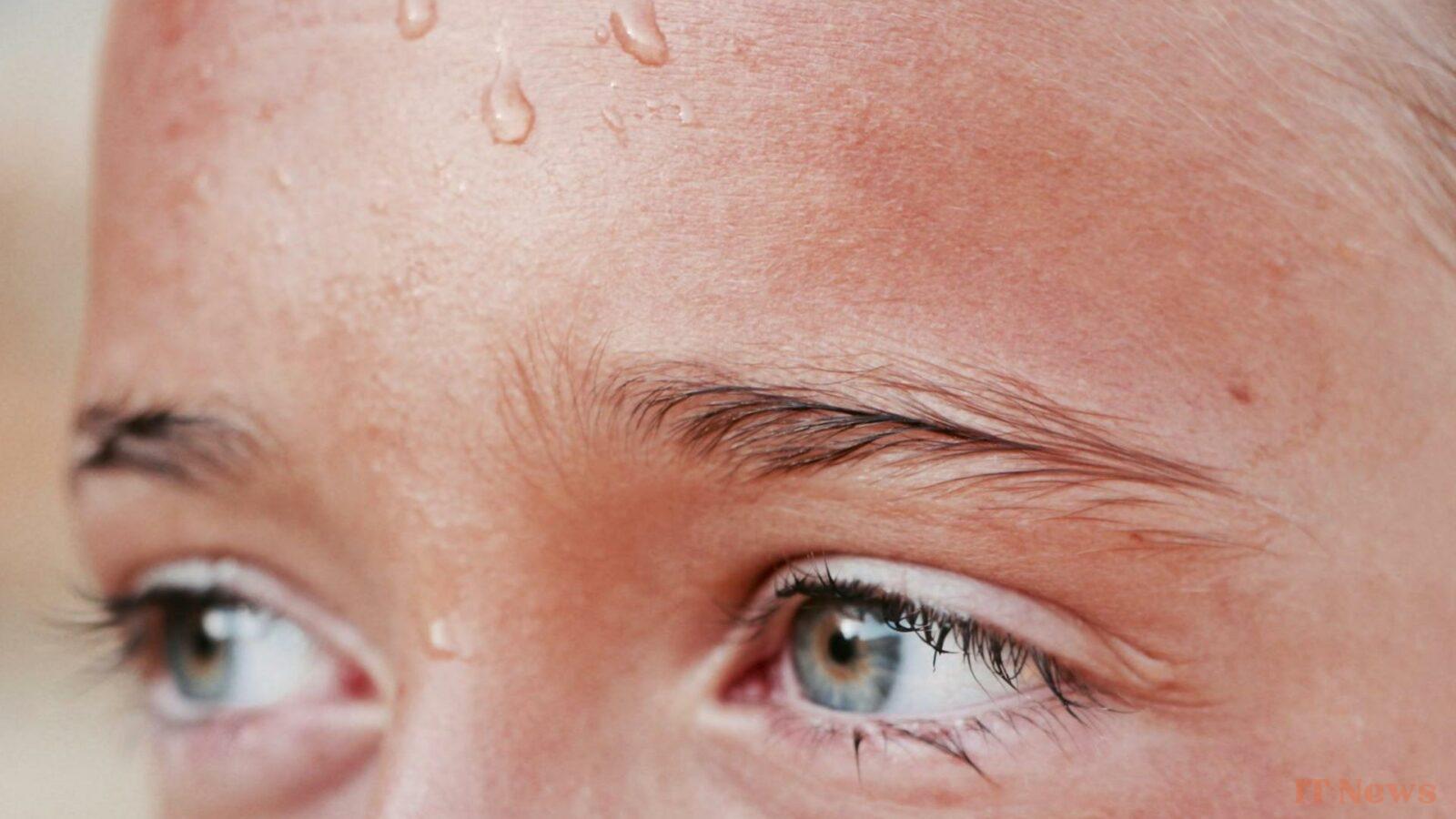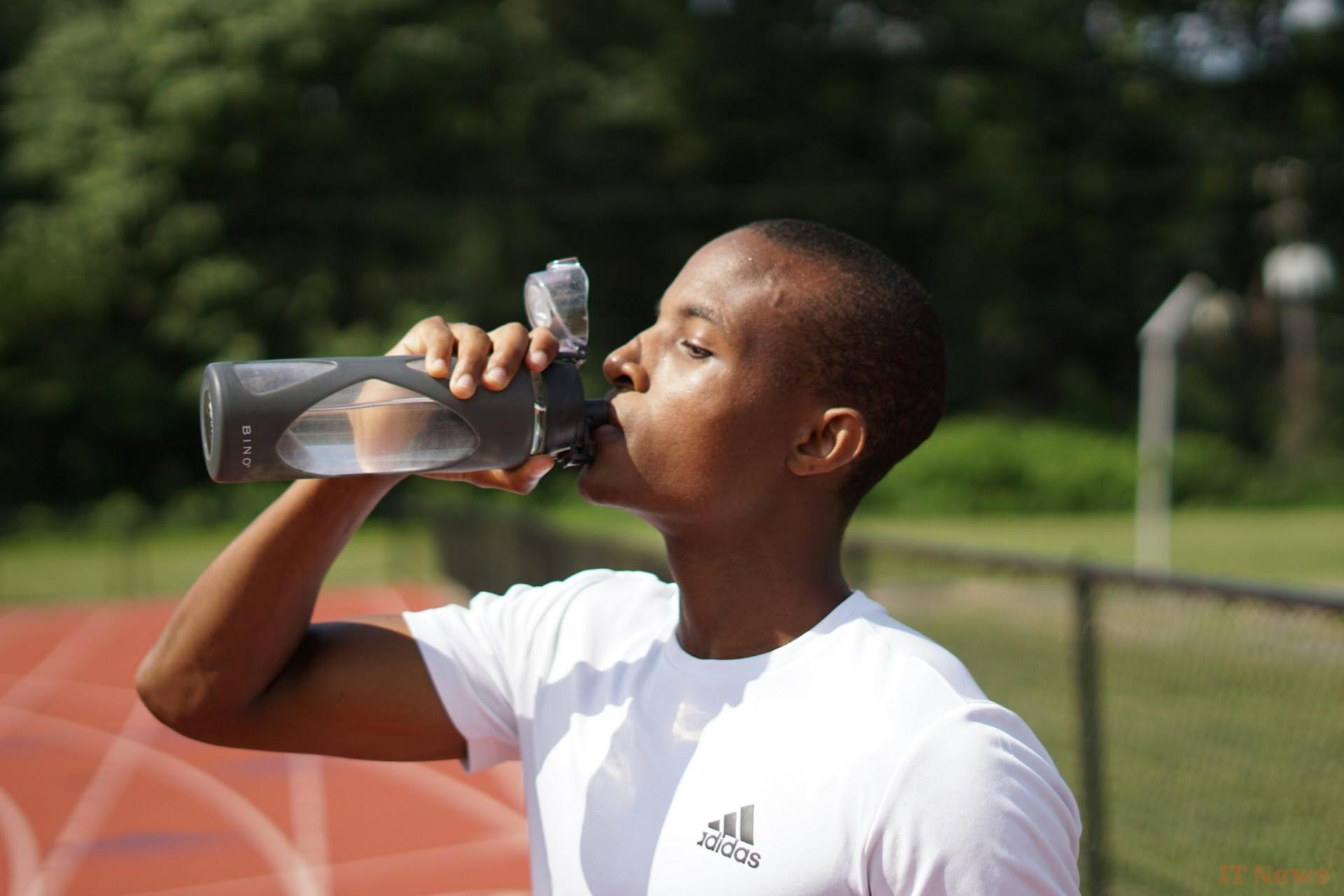This week, temperatures have risen dramatically across the country, with very real consequences for our bodies—especially for the most vulnerable individuals, such as young children and our elders. In this context, we can legitimately ask ourselves: can we really accustom our bodies to this heat, that is, acclimatize, or are we doomed to suffer from it?
Acclimatization, the key to our resistance to heat
This term refers to a set of reversible physiological responses that allow an individual to better withstand a change in their environment. And fortunately, the process of natural selection has equipped mammals—including humans—with a wide range of mechanisms that allow them to better withstand rising temperatures.
When temperatures rise, the body detects heat using numerous biological sensors called thermoreceptors. These activate various neurological pathways as well as a response from the hypothalamus, a small brain structure located in the brainstem that plays a central role in coordinating acclimatization.
This process generally begins after 3 to 5 days of exposure to heat, and reaches a peak one to two weeks later—a timeframe that can vary depending on many factors. Top athletes, for example, tend to acclimatize much more quickly, especially when they train specifically in demanding conditions.
How does it work?
But while the timeline may vary, the basics of the process remain the same for all individuals. The first and most obvious consequence is increased sweating—the production of a mixture of water and salt by the sweat glands.
This sweating indirectly contributes to cooling the body. As it evaporates, it helps to dissipate thermal energy in order to maintain a normal body temperature. When sweating becomes more abundant and occurs earlier than usual, it is a sign that the body has begun to acclimatize.
And it's not just the amount of sweat produced that changes. Indeed, the salts contained in this liquid are a very important resource for many vital physiological functions. It is therefore important to conserve them. This is why acclimatization also produces a change in the chemical composition of sweat, which becomes increasingly diluted and less salty.
However, the human body only contains a limited amount of fluid. To cope with this increase in sweating and avoid dehydration, the kidneys then start working. Under the influence of hormones such as aldosterone and vasopressin, these organs begin to retain more water and salt, reducing urine production and fluid loss.
In practice, this allows the body to increase its production of plasma—the liquid part of the blood. This means there is more fluid circulating in the body at any given time. And this is very important in this context, because blood is the main vehicle through which our body can transport heat from one place to another. This allows the body to better transfer heat to the skin, where the thermal energy can be dissipated to the environment.
A very efficient process… within certain limits
As you can see, our bodies are remarkably well adapted to increases in temperature, and are capable of spontaneously getting used to them... but this is only true up to a certain point. There are hard physiological limits, such as the amount of fluid the circulatory system can contain, which mean that the body will never be able to withstand extreme heat for long.
Furthermore, as mentioned above, acclimatization is a temporary and reversible process. After one or two weeks without continuous exposure to heat, most of its effects disappear. Only a tiny fraction of this tolerance persists over a long period, and the body must therefore restart this entire process to recover it during each episode of intense heat.
Furthermore, even if acclimatization helps maintain normal physiological activity, it does not prevent all physical damage, such as burns commonly called "sunburn." One might think that sweat would help protect against it, but the opposite is true. Not only does it not block ultraviolet radiation, but it can even increase skin sensitivity by causing irritation.
Finally, the potential for acclimatization varies considerably from one person to another. Certain genetic predispositions, but especially age and health largely determine the effectiveness of acclimatization. Infants' sweat glands, for example, are not yet fully mature, and so they tend to sweat less. Older adults, on the other hand, often experience a decline in the performance of their circulatory system. Heat transport within the body is therefore less efficient. In both cases, these individuals have more difficulty regulating their internal temperature.
Help your body, and your body will help you
The key during heatwaves like the one we're currently experiencing is to ensure that you don't push your body too far and provide it with everything it needs to acclimatize properly.
Firstly, it's important to limit exposure to these intense heat waves by actively seeking out cool, shaded areas. And while it's absolutely obvious, it can't be stressed enough that staying hydrated is the absolute priority. Every milliliter of fluid is ammunition that the body desperately needs to wage its war against the heat, and it must therefore be provided amply and regularly.
Health professionals recommend that adults drink at least two to three liters of water (and not caffeinated beverages or alcoholic beverages, which accelerate dehydration) per day during periods of intense heat. Obviously, this figure increases considerably in the event of intense physical activity; in this case, it is crucial to hydrate very often, without waiting for the first signs of dehydration.
This point is also very important for young children and seniors. The latter, in particular, often tend to lose some of the sensation of thirst; dehydration with potentially very serious consequences can therefore occur without warning. So be sure to check on your loved ones, and make sure they are drinking enough and regularly!





0 Comments